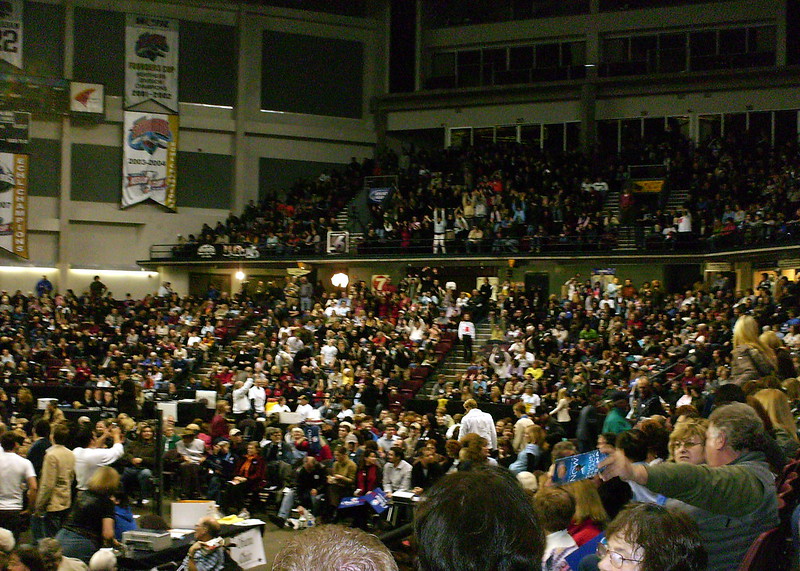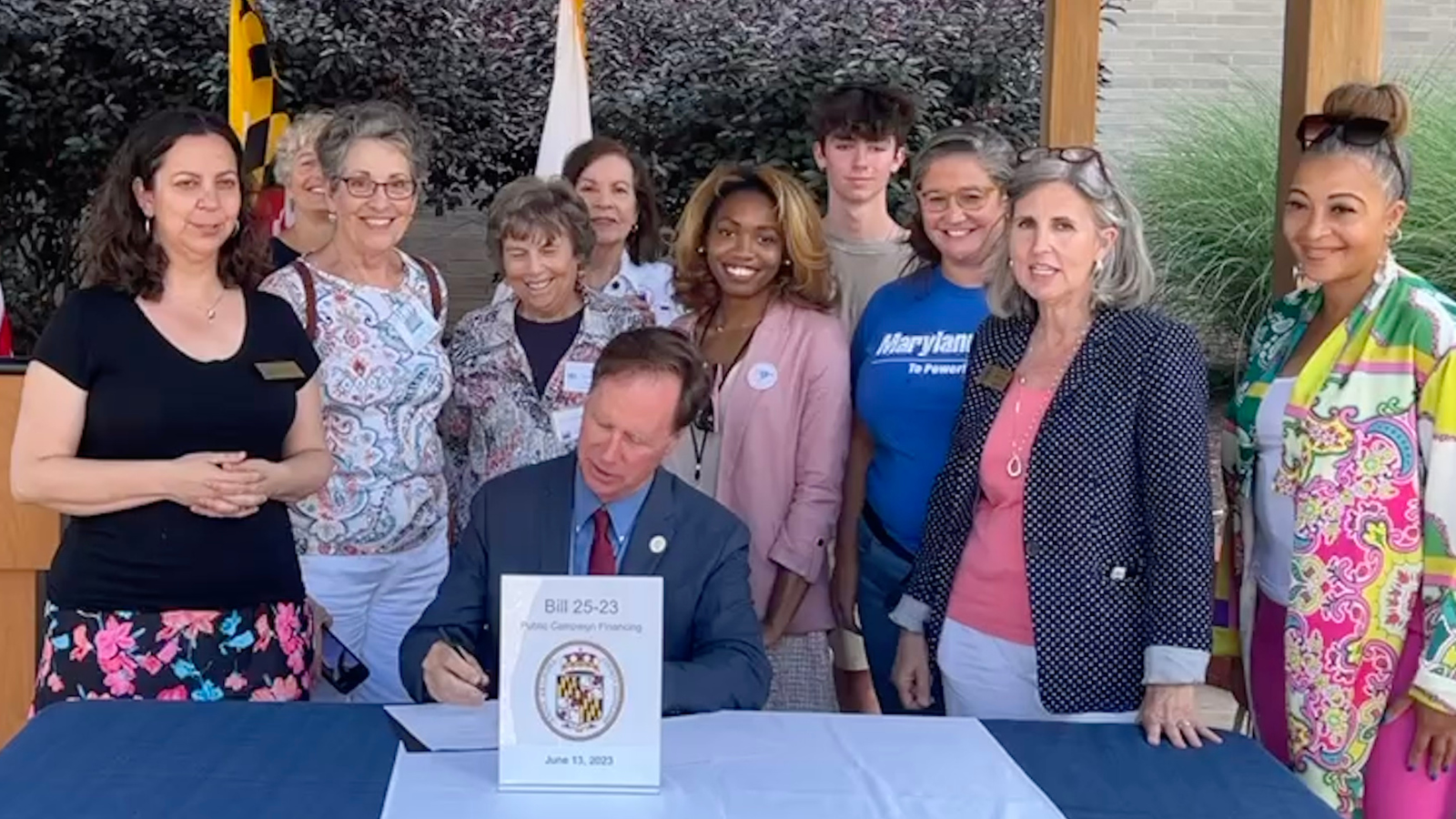Confused about the caucus? There’s a better way. Ranked-choice voting would be a big improvement
To many, Iowa caucuses seem a bit confusing, but there is something valuable about the process of caucusing. Caucussing attempts to address a real problem in American politics: limited voter choice. When you only have one vote, you often have to decide between a candidate who most closely shares your values and the candidate you think is most likely to win. But after watching the 2020 caucuses, there has to be a simpler, better way to assess the will of the voters. Fortunately, there is, and it’s called ranked-choice voting (RCV).

While following the results of the Iowa caucuses last night, I was reminded of a passage from a book from my childhood.
There was no ‘One, two, three, and away,’ but they began running when they liked, and left off when they liked, so that it was not easy to know when the race was over. However, when they had been running half an hour or so, and were quite dry again,The Dodo suddenly called out ‘The race is over!’ and they all crowded round it, panting, and asking, ‘But who has won?’
This question the Dodo could not answer without a great deal of thought, and it sat for a long time with one finger pressed upon its forehead (the position in which you usually see Shakespeare, in the pictures of him), while the rest waited in silence.
Alice’s Adventures in Wonderland, Lewis Carroll
For those not well-versed in the caucus system — and even those who are — you had a lot of questions watching what unfolded. If you win the first alignment, are you the “winner”? What happens if you win the second alignment? Why isn’t there a third alignment? Does the state delegate equivalent matter more, and if so, where does one get that? I’m pretty sure they don’t sell them at the Kum & Go (forgive the Carroll-inian absurdity). And that’s setting aside all the issues of technology and reporting.
The Iowa caucuses may be a bit confusing, but there is something valuable about the process of caucusing, of voting and then revoting to get closer to consensus.
Caucusing attempts to address a real problem in American politics: limited voter choice. When you only have one vote, you often have to decide between a candidate who most closely shares your values and the candidate you think is most likely to win. Caucuses, on the other hand, allow voters multiple bites at the apple, eliminating the need for this sort of strategic voting and also eliminating the “spoiler candidate” effect.
But if you were watching last night, you had to be thinking that there’s a simpler, better way to assess the will of the voters. Fortunately, there is, and it’s called ranked-choice voting (RCV).
RCV allows you to rank the candidates in the order of your preference. If, after the votes are tallied, no candidate has achieved a majority, the candidate with the fewest votes is eliminated. That candidate’s votes are then redistributed to those voters’ second choice. This process continues until a majority is achieved. The ultimate outcome of RCV is like a caucus, but conducted on a paper ballot, and much more efficiently.
Admittedly, RCV might not be as fun as marching around a gymnasium with your neighbors, but overall, it’s an improvement over the caucuses. Here’s why:
-You have more choices. The caucuses only allow voters to change their candidate once, and only if their candidate did not receive 15 percent of the vote in the first alignment. With RCV, voters could rank all of the candidates in order of preference. If their first choice candidate wasn’t viable, their vote would be redistributed to their second choice. If their second choice wasn’t viable, their vote would be redistributed to their third choice. And so on.
-It’s more accessible. One problem with the caucuses is that everyone has to be in the same room at same time, sometimes for hours. Inevitably, there will be lots of people who, for one reason or another, can’t make it. That means lower turnout and participation, always a bad thing for democracy. By using RCV instead of a caucus, there would be polls open all day and there would be absentee voting, just like any other election.
-You have a secret ballot. Secret ballots protect voters from being subjected to peer pressure and other outside influences. People shouldn’t have to choose between voting for the candidate of their choice and having an argument the whole drive home with a family member who preferred a different candidate.
Using RCV for primaries isn’t a pie in the sky, mad-hatter idea. This year, Alaska, Kansas, Hawaii, Nevada and Wyoming will all use RCV for their presidential primaries. It’s an idea that every state should consider for 2024.

Topics
Authors
Joe Ready
Find Out More

TexPIRG fall update

How misinformation on social media has changed news

Small donor public financing victory in Anne Arundel County


